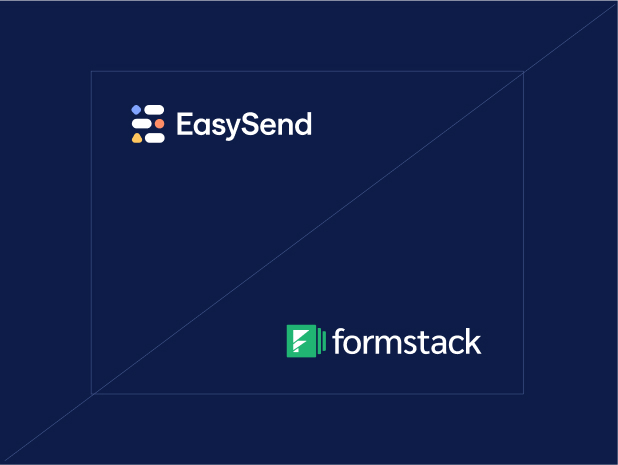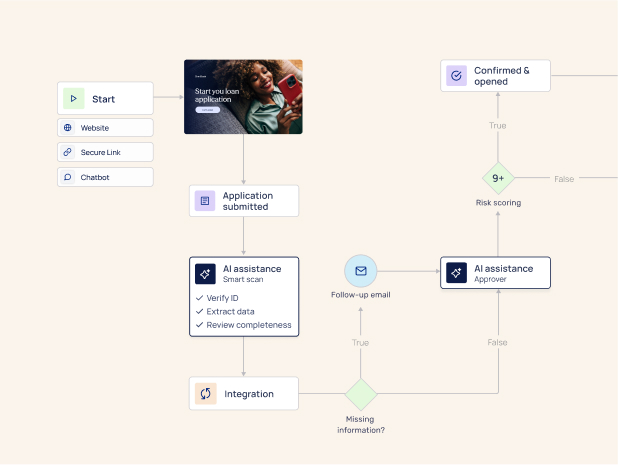In the race to digitize customer interactions, many businesses are still relying on traditional online forms—PDFs, static web forms, or rigid templates plugged into outdated systems. But what worked in 2020 is no longer good enough in 2025.
The modern customer expects more. And the traditional form is becoming a silent bottleneck.
In this post, we’ll explore how traditional forms are dragging down digital strategies, where the gaps lie, and how a smarter approach to customer data collection can help businesses keep up.
The Problem with Traditional Forms
Traditional forms were built for a different era: when digital meant simply putting a paper form online. But today’s business environment demands real-time, personalized, and connected customer experiences.
Here’s why traditional forms are failing:
1. They Are One-Size-Fits-All
Traditional forms lack logic or adaptability. Every user—no matter their profile, context, or needs—sees the same static form. That means:
- Unnecessary fields for some users
- Missing context for others
- Long forms with high drop-off rates
[.emph]Fact: 67% of consumers abandon forms that are too long or irrelevant.[.emph]
Modern users expect forms to adapt based on who they are and what they’re trying to do. Traditional forms simply can’t deliver that level of personalization.
2. They Create Manual Work
When forms aren’t connected to your internal systems, someone has to manually:
- Check the data
- Re-enter it into your CRM or back-office systems
- Follow up for missing information
It’s time-consuming, error-prone, and expensive.
According to Forrester, manual data entry costs businesses an average of $20 per document—and even more when rework is needed due to errors or incomplete submissions.
Multiply that across thousands of submissions, and the cost to your business is significant.
3. They Break the Customer Journey
Traditional forms are standalone. They don’t:
- Save progress
- Resume where a customer left off
- Connect to a larger workflow
This means if a customer is interrupted or confused mid-way, the experience stops cold. No progress tracking. No recovery. Just friction.
Gartner reports that incomplete digital experiences are one of the top three reasons for low customer retention during onboarding or application processes.
4. They Offer No Real-Time Validation
Without built-in logic or error handling, traditional forms let customers submit incomplete or invalid data. The result?
- More errors
- More back-and-forth
- More time wasted
In contrast, dynamic digital journeys validate inputs in real-time, flag missing data, and guide users to complete their submissions correctly the first time.
A Salesforce report noted that real-time guidance increases form accuracy by 54% and reduces completion time by 34%.
5. They Lack Analytics That Drive Decisions
Traditional forms often sit outside of your analytics stack. You can’t see:
- Where people drop off
- Which fields cause friction
- What step leads to completion
Without that insight, you're blind to what's working—and what’s not.
Modern digital journeys provide end-to-end analytics, enabling businesses to identify and fix issues, test improvements, and optimize conversion rates over time.
6. They Struggle with Multilingual, Multi-Channel Experiences
In a global, mobile-first world, your digital experience must work:
- In multiple languages
- Across devices
- On any channel—email, SMS, chat, or web
Traditional forms weren’t designed with that in mind. Mobile responsiveness and language support are often bolted on, not native.
Research by CSA found that 76% of consumers prefer to interact in their native language, and companies that offer localized experiences see significantly higher conversion rates.
If your form only works on desktop and in English, you're losing business.
.avif)
The Cost to Your Digital Strategy
If your goal is to create seamless, end-to-end digital experiences that drive growth, static forms are standing in the way. They slow down customers, create internal inefficiencies, and limit visibility into performance.
They also directly impact:
- Customer satisfaction
- Time-to-market
- Operational costs
- Regulatory compliance
- Conversion and completion rates
And in industries like insurance, banking, or healthcare—where data intake is critical—those gaps translate into lost revenue and increased risk.
What’s the Alternative? Dynamic Digital Journeys
Instead of relying on rigid forms, more organizations are shifting to dynamic digital journeys—guided, interactive workflows that adapt to the user, connect to business systems, and create seamless experiences.
These journeys:
- Use logic to personalize the path based on inputs
- Validate information in real time
- Integrate directly with CRMs, ERPs, and back-office systems
- Provide real-time tracking and analytics
- Work across devices, channels, and languages
The result? Faster, smoother, and more compliant processes—for customers and teams.
One insurer using dynamic journeys reported a 221% increase in digital adoption and a 60-80% increase in conversion rates after replacing traditional forms.
Final Thoughts
It’s not enough to put a form online and call it “digital.” The customer journey must be intentional, responsive, and connected to truly deliver on the promise of digital transformation.
If your digital strategy still relies on static forms, now’s the time to rethink it.
Want to see the difference?
Journeys by EasySend helps businesses turn outdated forms into dynamic, intelligent customer experiences that streamline data intake, reduce manual work, and drive better outcomes.
Forget forms. Create digital journeys.
.avif)




